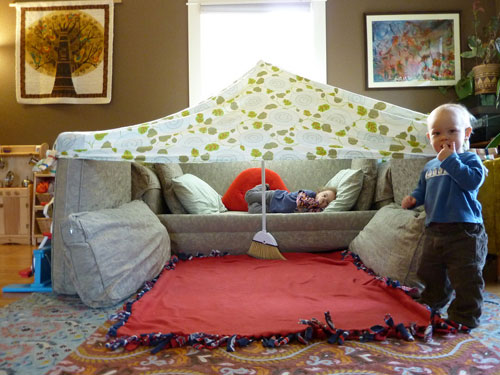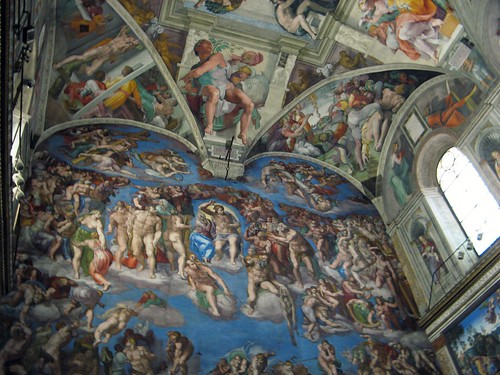The project Montada seeks the preservation and revitalization of traditional architecture… in the Maghreb by involving local communities, especially children. Toward that goal, it is developing online games that allow children from 6 to 11 years old to discover the basic principles of a traditional architecture while developing their creativity.
…A new game acts as a virtual workshop that allows children to explore geometric elements and ornaments in the homes of Sale and Marrakech, in Morocco. After finishing, children can print out their results as postcards.
Via Archnet News.








